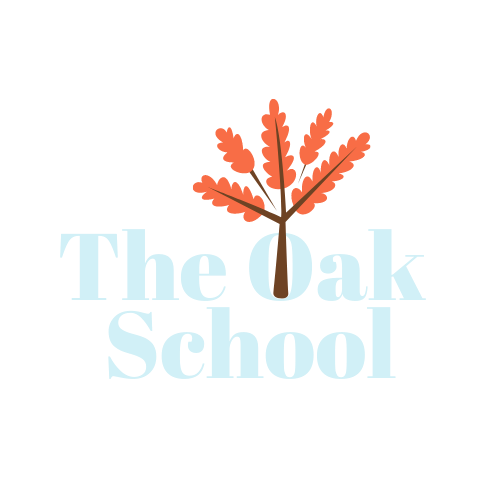We spend a lot of time outdoors exploring, tending to our children’s innate curiosity, and creativity. Natural settings create strong roots for all foundational concepts.
Nature-based, exploratory, child-led curriculum
We go outside no matter the weather. There is no bad weather, only bad clothing options, we say! We spend almost all day outside during the warmer months and at least two hours per day during the cold months. During the winter, we spend time in our cozy indoors classrooms learning, playing, and creating. Some examples of foundational concepts that are learned through play, nature, and creative exploration are:
Science: What happens when I do “this”? How could these things work together? What if I were to create a pathway for this water to go from here to there?
Systems Thinking or Design Thinking: How can I make this work? What do I need to change to make it work better? What happens when I change it? We allow the process for kids to iterate until satisfied!
Math: How many rocks does it take to make this small dam? Or, I need X amount of seeds in each little seed hole to grow those lettuces.
Movement: Natural settings allows for kids to use their full range of motion, while being connected to the earth. This facilitates coordination, balance, an understanding of cause and effect, and resiliency (I can do it!). Movement is a core component to learning, priming the brain for taking in information.
Food: We have garden beds that we tend to seasonally with the kids, then we eat the harvest! We learn where food comes from, the care it takes to grow it, and participate in the growing process. Regenerative processes like gardening and caring for houseplants indoors gives the children a fluid and personal connection to our ecosystem.
Social-Emotional Health is at the heart of our philosophy.
It’s the generator of all our actions and choices as a school. We believe in “respectful parenting” practices, which are anchored in non-violent communication. In particular, we incorporate:
Listening: Each day we practice listening. The children begin to understand what listening means through it being modeled to them via a warm relationship with their guide who listens to them while bending low and making eye contact. They validate what the child has said by repeating it back to them. This anchors the child in feeling safe and understood. They also learn through class circle time. It’s important to begin witnessing others and holding space for them while they share. Music and time in nature also facilitate listening in other ways that are healthy for the mind and body, via rhythm, beat, and sounds of nature.
Presence: children are the teachers of presence! They can become so engrossed in their play they loose all track of time. They also only live in the here-and-now, and it is our job as adults to create a safe container in which they can continue to do so for as long as possible (this begins to change around the age of 7). We work with the child’s here-and-now superpowers through transitions that are well planned with ample time built in, space and time to allow a child to really explore what they’re wanting to explore, and giving a child our full attention (or presence) when they are speaking with us, sharing something to us individually or to the class, and when they need extra support throughout the day.
There Are No Bad Kids: Each child is a unique and beautiful gift. We model non-judgment through curiosity, observation, and responding to each child. There are No Bad Kids (a great book!), rather, there are adults who can serve them better in finding ways to meet their needs consistently.
Mindfulness: Creating an environment where our children are safe to express how they feel is important. This creates the rich soil from which they can begin to understand an emotion by its name. From there, we can begin the process of connecting feelings with an awareness of self. Mindfulness is the soil from which self-awareness develops.
Gratitude: Gratitude is a natural extension of delight and joy. It’s also something we can actively cultivate, even under less than joyful circumstances. Gratitude is a muscle that we can choose to flex, or not. At Oak, we practice gratitude through our closing circle and everyone naming their “blossom, bud, and thorn” of the day. Teachers also model it by spontaneously sharing their gratitude for something or someone throughout the day.
Slippers at School
Each child and adult wears slippers inside at Oak. Why?
Slippers are cozy and create a feeling of comfort and warmth. For the young child, it allows their feet feel the ground more easily helping with balance, both inwardly and physically. It is also a lovely transition tool that helps the child (and staff) settle into and land in our school routine for the day — much like Mr. Rogers and his sweaters. Putting on our slippers after we take off our coats and shoes is one of the many small rituals throughout the day that tells our subconscious: “I am here and ready to learn in my beloved school.”



